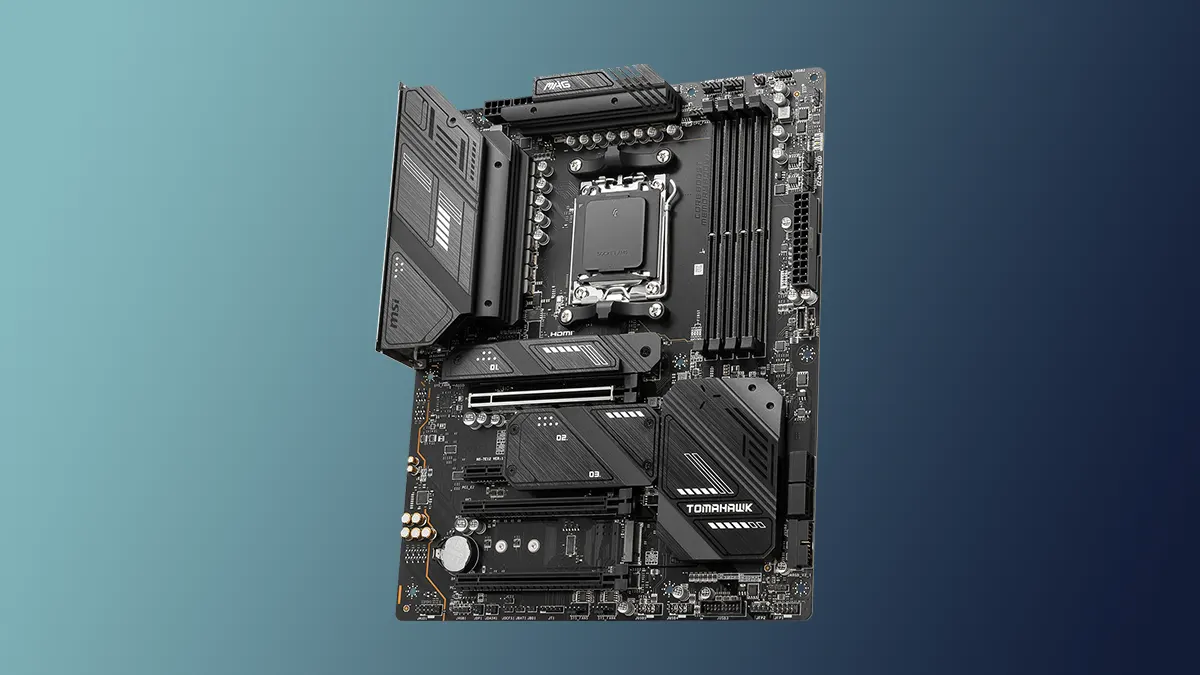Discussing the integrated graphics can be fun at times, and Intel Iris Xe graphics can be considered one such hot topic to discuss. The Iris Xe graphics are not like Intel’s old HD graphics series, this integrated graphics solution is far superior in terms of overall compatibility and performance in games as well as some productivity work. Since it’s the courtesy of Intel, therefore, it’s limited to laptops featuring Intel mobile processors.
Moreover, being from Intel’s integrated graphics family, the GPU doesn’t feature any dedicated memory of its own and rather relies on system memory to get the job done. Another thing worth mentioning here is that the Intel Iris Xe graphics are only available in laptops.
This is kind of expected since Intel had already their ARC series in development for the discrete GPU market. Enough with the introduction, let’s see what discrete graphics card or even mobile graphics you would need to replicate the Intel Iris Xe graphics’ performance.
GPU equivalent to the Intel Iris Xe
Because it’s made using the 10nm fabrication process and is based on the Tiger-Lake GT2 graphic processor. We don’t really need expensive top-of-the-line hardware to match its performance. These are a few names that somewhat resemble the graphical power of the Intel Iris Xe graphics.
AMD Radeon Vega 8 Graphics
AMD Radeon Vega 8 Graphics is one of those integrated graphics solutions that is available both in laptops and desktop computers. The Radeon Vega 8 graphics uses the Raven graphics processor as its base, as it was released with the 2nd generation of Ryzen processors and APUs.
Like other integrated graphics solutions, this one also relies on system memory to handle all the visual effects going all over the screen. Another notable thing is that these Vega 8 graphics are also available in many 3rd and 5th-generation Ryzen APUs due to the value they reflect. Moreover, the Vega 8 graphics also performs slightly better than the Intel Iris Xe graphics.
| Feature | AMD Radeon Vega 8 | Intel Iris Xe MAX Graphics |
|---|---|---|
| Architecture | GCN 5.0 | Generation 12.1 |
| Core Clock (MHz) | 300 MHz | 300 MHz |
| Boost Clock (MHz) | 1100 MHz | 1650 MHz |
| CUDA Cores | 512 | 768 |
| Memory Type | system shared | LPDDR4X |
| Memory Size (GB) | system shared | 4 GB |
| Memory Bus Width (bits) | system shared | 128 bit |
| Memory Speed (Gbps) | system shared | 2133 MHz 4.3 Gbps effective |
| TDP (Watts) | 25 W | 25 W |
| DirectX Version | 12 (12_1) | 12 (12_1) |
| OpenGL Version | 4.6 | 4.6 |
| VR Ready | - | - |
| Ray Tracing Cores | - | - |
| Ports | Motherboard Dependent | No outputs |
| Price | $729.00 | - |
Nvidia GT 1030
This Pascal-based low-profile graphics card is one of the promising contenders. It is worthy of fighting with the likes of Intel Iris Xe graphics when it comes to gaming performance. In real-world benchmarking, the GT 1030 will slightly fall behind the Intel Iris Xe graphics, but not by a lot. So, that does add it to the category of equivalent GPUs.
Also, unlike the Intel Xe graphics, the GT 1030 offers dedicated 2 GB of GDDR5 VRAM that helps out in managing game resources more efficiently. Moreover, the latest DX 12 support is also here to get you through the latest gaming titles requiring that demands it.
| Feature | AMD Radeon Vega 8 | Intel Iris Xe MAX Graphics |
|---|---|---|
| Architecture | Pasal | Generation 12.1 |
| Core Clock (MHz) | 1228 MHz | 300 MHz |
| Boost Clock (MHz) | 1468 MHz | 1650 MHz |
| CUDA Cores | 384 | 768 |
| Memory Type | GDDR5 | LPDDR4X |
| Memory Size (GB) | 2 GB | 4 GB |
| Memory Bus Width (bits) | 64 bit | 128 bit |
| Memory Speed (Gbps) | 1502 MHz 6 Gbps effective | 2133 MHz 4.3 Gbps effective |
| TDP (Watts) | 30 W | 25 W |
| DirectX Version | 12 (12_1) | 12 (12_1) |
| OpenGL Version | 4.6 | 4.6 |
| VR Ready | - | - |
| Ray Tracing Cores | - | - |
| Ports | 1x DVI 1x HDMI 2.0 | No outputs |
| Price | $90.99 | - |
Nvidia GTX 750 Ti
The evergreen GTX 750 Ti has once again risen from the ashes as its presence is required to replicate the Intel Iris Xe graphics’ performance. Even though it was launched back in 2014, still to this day it is considered a viable option for low-budget eSports and casual gaming.
As for its specs, the card boasts 2 GB of GDDR5 VRAM like the GT 1030. However, here get a 128-bit bus rate, unlike the 64-bit of GT 1030. Which is decent, but can’t really help it much due to the limitations of Maxwell’s architecture. This is the only drawback otherwise, in terms of performance it matches the Intel Iris Xe graphics a lot better than the GT 1030
| Feature | NVIDIA GeForce GTX 750 Ti | Intel Iris Xe MAX Graphics |
|---|---|---|
| Architecture | Maxwell | Generation 12.1 |
| Core Clock (MHz) | 1020 MHz | 300 MHz |
| Boost Clock (MHz) | 1085 MHz | 1650 MHz |
| CUDA Cores | 640 | 768 |
| Memory Type | GDDR5 | LPDDR4X |
| Memory Size (GB) | 2 GB | 4 GB |
| Memory Bus Width (bits) | 128 bit | 128 bit |
| Memory Speed (Gbps) | 1350 MHz 5.4 Gbps effective | 2133 MHz 4.3 Gbps effective |
| TDP (Watts) | 60 W | 25 W |
| DirectX Version | 12 (11_0) | 12 (12_1) |
| OpenGL Version | 4.6 | 4.6 |
| VR Ready | - | - |
| Ray Tracing Cores | - | - |
| Ports | 2x DVI 1x mini-HDMI 1.4a | No outputs |
| Price | $2,397.00 | - |
Conclusion
Now that we have gone through the main details to find out what could potentially match the performance of the mobile-only graphics solution manufactured by Intel. It would be much easier now to replicate such performance in desktop form.
However, complete parity still wouldn’t be there as other factors also matter like the performance of the processor, frequency of the RAM, and all that. To better understand the topic, we suggest you thoroughly go through the above-written details about Intel Iris Xe graphics and its alternatives.
That would explain everything you have been wondering related to the aforementioned topic.




